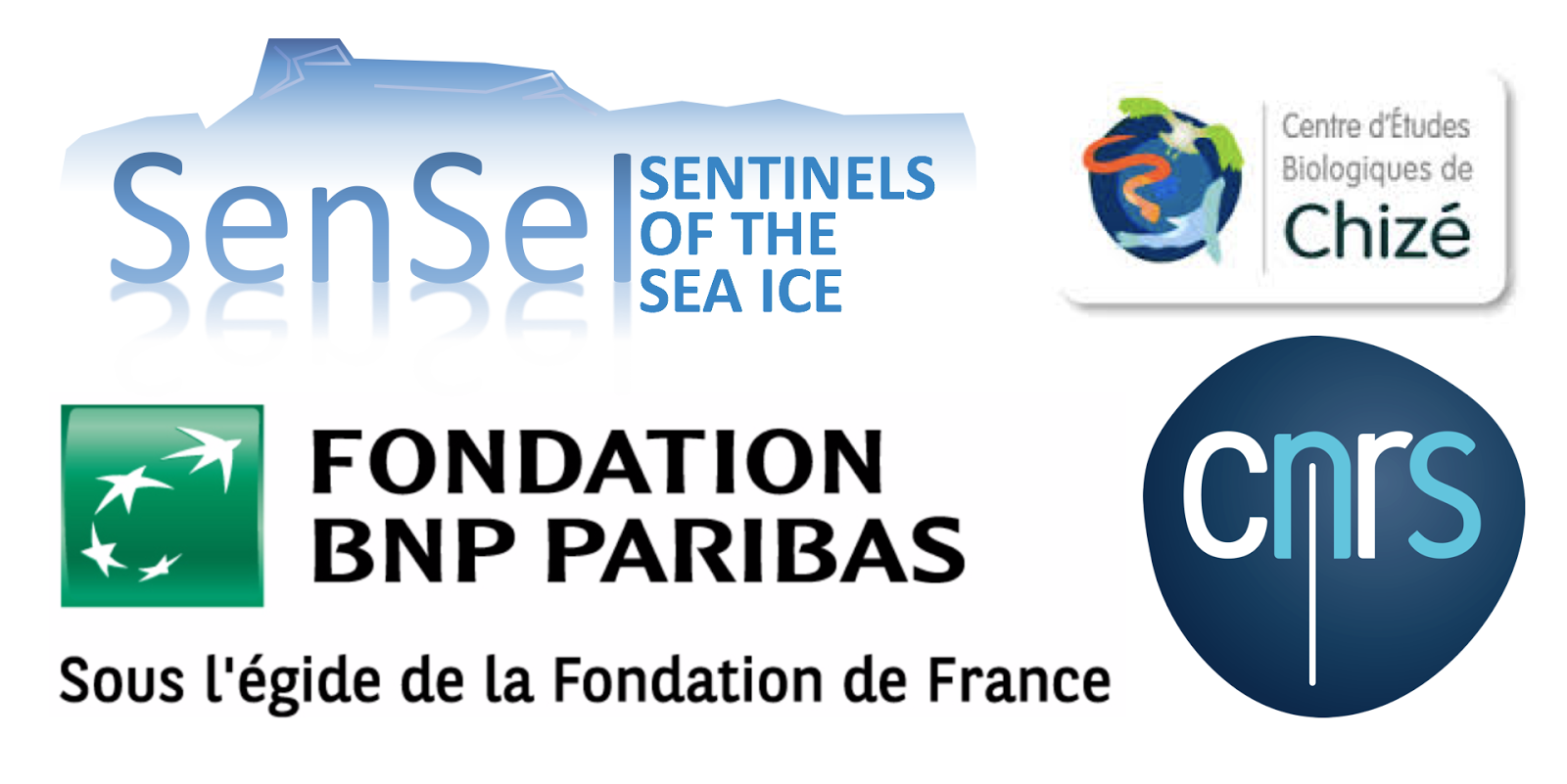NEWS FROM THE FIELD: Some glimpse of where Dumont d'Urville's snow petrels go at sea

Two fieldworkers handling a snow petrel at the Dumont d’Urville station in December 2017. The snow petrel is maintained in a small bag and the GPS is about to be fitted on tail feathers. The handling time is reduced to a minimum (about 5 min) before releasing the petrel. The petrel is weighed before and after a foraging trip at sea, which allows to estimate its mass gain and how successful it was at finding food. Snow petrels are well adapted to this cold and windy environment (from -12°C to -5°C in summer), but fieldworkers need a good equipment to be able to work comfortably. Tracks of 4 adult snow petrels obtained during the incubation period using miniaturized GPS (less than 3 g). Petrels are breeding at the colony nearby the Dumont d’Urville research station and are equipped with small GPS just before they leave at sea for a foraging trip while the partner continues to incubate the egg. They remain at sea during 7 days in average and mainly forage within t
